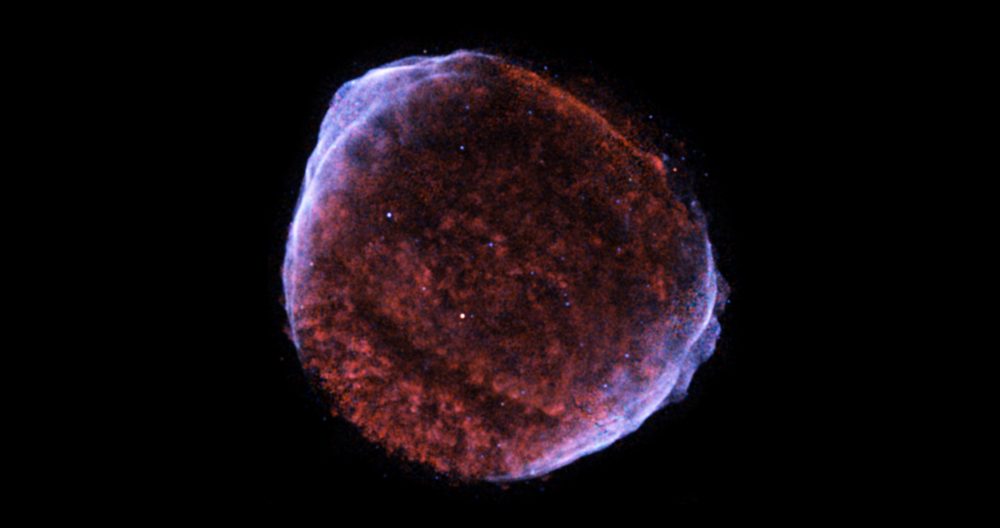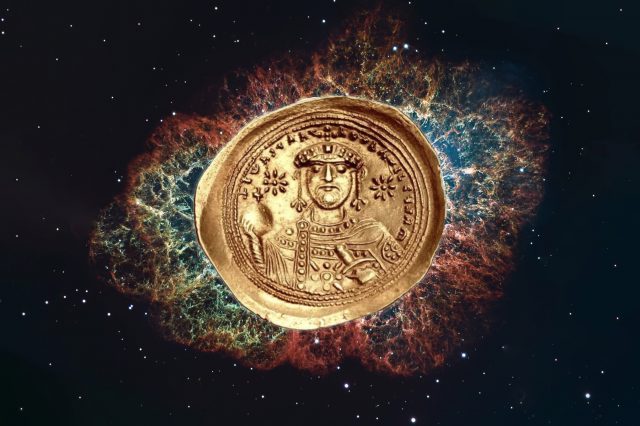1014 years ago today, ancient civilizations around the globe observed the brightest observed stellar event in recorded history, reaching an estimated −7.5 visual magnitude, exceeding roughly sixteen times the brightness of Venus.
One thousand fourteen years ago, ancient civilizations witnessed the brightest supernova explosion in recorded history. The supernova is known today as SN and to was observed by ancient civilizations across the globe. The extremely bright event was mentioned by astronomers from Asia to Africa and witnessed across all continents.
The cosmic event of the greatest visual magnitude recorded in human history is believed to have taken place in AD 1006. It was widely observed from different places on Earth.
April 30, May 1, mark its anniversary as we are reminded that ancient civilizations worldwide developed remarkable astronomical capabilities, observing distant stars and cosmic events thousands of years ago.
The massive cosmic explosion is thought to have first appeared in the Lupus constellation on the Centaurus border between April 30 and May 1, 1006 AD. Today, known as the SN 1006 supernova, observers from Switzerland, Egypt, Iraq, China, and Japan described the cosmic event as a’ sudden star’. However, Chinese and Arab astronomers left us with the most complete historical descriptions of the event.
The Brightest Supernova Explosion in History
Egyptian astrologer and astronomer Ali ibn Ridwan who was around 18 years of age, writing in a commentary on Ptolemy’s Tetrabiblos, stated that “the spectacle was a large circular body, 2½ to 3 times as large as Venus.
The sky was shining because of its light. The intensity of its light was a little more than a quarter that of Moonlight” (or perhaps “than the light of the Moon when one-quarter illuminated”).
Like all other observers, Ali ibn Ridwan noted that the new star was low on the southern horizon. Some astrologers interpreted the event as a harbinger of plague and famine. Its size was equivalent to a half-moon, and its brightness was such that at night it allowed people to see the objects that were on the ground, almost as if someone had flashed a very bright light onto Earth. It was yellow in color and was visible for over a year.
According to Muslim Heritage, it “first appeared on the evening of 17 Sha’ban 396 H/ April 30, 1006. It persisted through the summer, but by mid-August, the sun had moved so close to it that, from Cairo, it was above the horizon only during the daylight hours, making further observation difficult.”
The annals of the Abbey of Saint Gall in Switzerland are probably the most northerly sighting of the cosmic event ever recorded. The Mons of the Abbey wrote: [i]n a wonderful manner this was sometimes contracted, sometimes diffused, and sometimes extinguished… It was seen likewise for three months in the inmost limits of the south, beyond all the constellations which are seen in the sky.”
The supernova associated with SN 1006
In modern times, the supernova associated with SN 1006 was not identified until 1965. Using the Parkes Radio Telescope, Doug Milne and Frank Gardner demonstrated that the radio source PKS 1459-41, near beta Lupi, had the appearance of a circular shell of 30 arc minutes.
During the following years, X-ray and optical emissions from this object were detected. The rest of the SN 1006 supernova is located at an estimated distance of 7,200 light-years (2.2 kiloparsecs), resulting in a diameter of approximately 70 light-years.
SN 1006 is originally thought to be a binary star. One of the cosmic companions, a white dwarf, exploded when gas from its companion caused it to exceed the Chandrasekhar limit – the maximum possible mass of a white dwarf-type star.
The supernova ejected material at enormous speed, generating a shock wave that precedes the ejected material. Due to this shock wave, the particles are accelerated to extremely high energies, producing the bluish filaments that appear – up to the left and down to the right – in the false-color image obtained with the Chandra X-ray Observatory shown in the featured image.
Join the discussion and participate in awesome giveaways in our mobile Telegram group. Join Curiosmos on Telegram Today. t.me/Curiosmos





